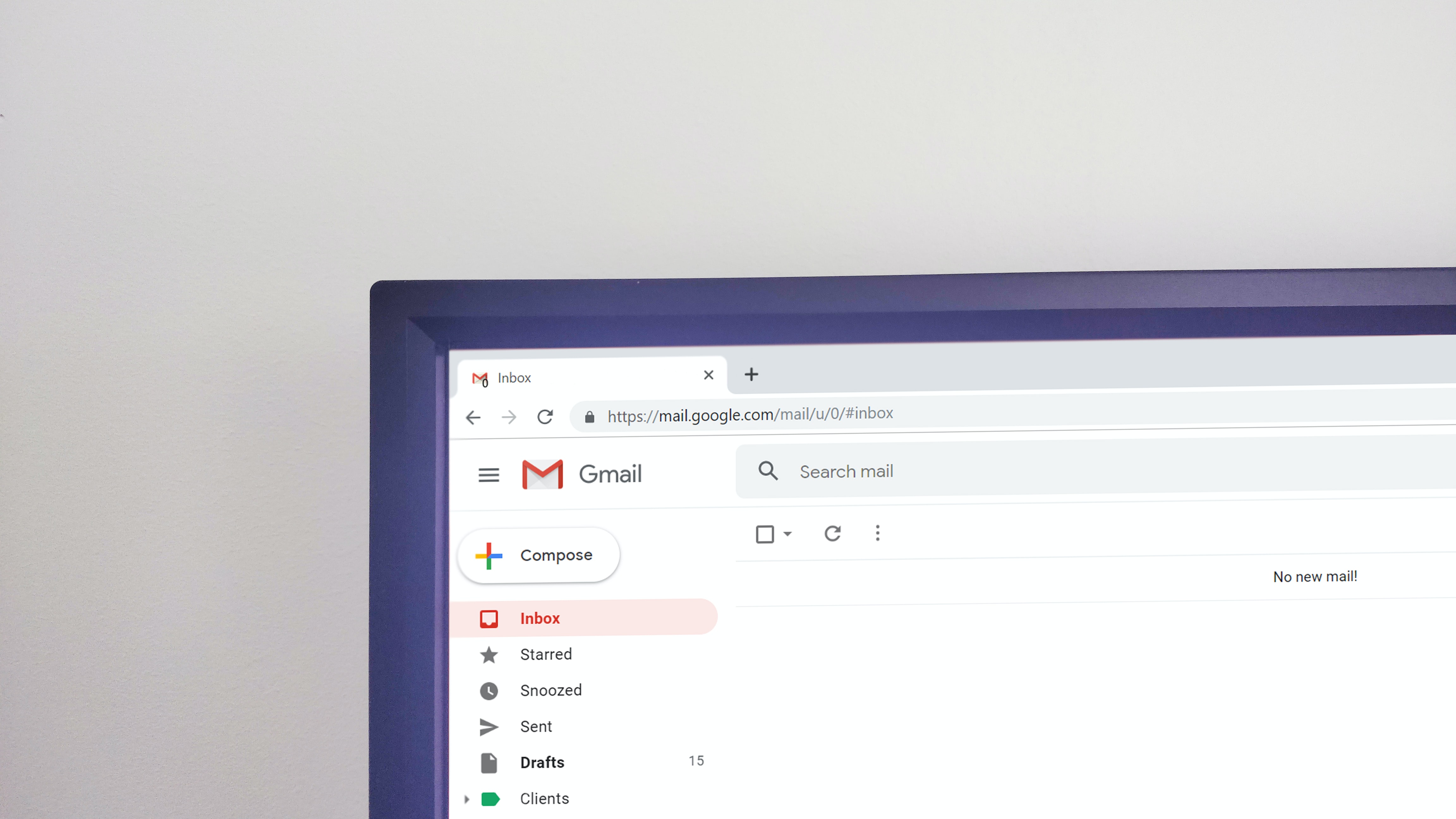Email. Ugh.
What does the word “email” bring up for you?
Whatever it is, I bet it’s not a warm fuzzy feeling. There’s just too darn much of it.
In fact, the average person spends 28% of their workweek in email. That’s a lot.
I’ve shared in the past strategies for staying on top of email and for getting to (and staying at) inbox 0. But one thing I don’t think I’ve written much about is how to stop spending so much time writing email.
Something that often comes up with my coaching clients, almost as frequently as handling incoming email, is how much time they are spending on outbound email. How much time they’re spending writing email…trying to craft the perfect response.
Let me share with you a sobering fact:
- That email you spent 30 minutes crafting, obsessing over getting the wording right? The recipient likely spent less than 30 seconds skimming it…if they even opened it.
Think about it. Do you carefully scrutinize the wording people use in their emails? Or do you just try to figure out what they are asking and move on? Do you spend time judging people’s word choice? No, you don’t have time for that; you likely act like everyone else, scanning the email for pertinent info or to see if you have to do anything.
If you’d like to spend less time writing email, here are a few solid strategies to get you there:
WRITE FIRST, THEN EDIT
- Instead of spending time trying to write perfect sentences as you go, just word-vomit your email, then do a quick clean up. It’s easier, and faster, to get your points out and then read for clarity than to write and re-write sentences as you go.
- Pro tip: I’ll be the first to admit that my style might be deemed a little “too direct”. As a result, I’ve adopted a practice I call “Nice-ifying” and it helps me write email more quickly. Here’s how it works: write the email first without worrying how it will be then do 15 second edit to “nice-ify”. Add a “Hope you’re doing well!” and a “Thanks in advance!”. Maybe even a smiley emoji. This way, you don’t have to worry about if you are using the “right” words, while you’re just trying to get the content of the email written, because you have a quick way to make it “nice” at the end.
MAKE IT SCANNABLE
- Numbered bullets are your friend. When you’re doing your quick edit, try to make anything that can be a bullet into a bullet. It’ll not only make your writing more clear, you won’t feel the need to write flowery prose.
- Bonus: When people reply to your email, they can easily reference your bullets by number, making it easier for them to respond.
- Use clear calls to action.
- If you need someone to do something, write “Action Required” and bold or highlight it.
- If it’s just an FYI, don’t leave people wondering why they received the email. Just write “FYI”. It’ll take you less time to write, and it’ll be easier for them to understand than a paragraph about why you’re sending them this email.
USE TEMPLATES
- If I had to guess, I’d say that 60% of the emails I send are based on templates. Yes, they are all customized for the particular situation/person, but they start with templates so I don’t need to recreate the wheel every time.
- If you find yourself writing the same things over and over again, create a template email! (If you’re using Gmail, just enable Templates (Settings>Advanced>Templates) and if using Outlook here are the instructions.)
- If you find yourself procrastinating on a reply because you don’t want to say no, but know you have to, try creating an email template. It can require a fair amount of emotional activation energy to simply write out the words to say no. But filling in a template? So much easier!
USE “SCHEDULE SEND”
- We often leave an email in draft status because we think we’ll come back to it and make it better. If this describes you, why not let technology help us a little? Draft your “good enough” email and schedule it to send out in 2 hours. In all likelihood, you’ll forget about it and it will be sent and that’s no problem because it was good enough. But, on the off-chance you think of that perfect phrase 20 minutes later, you always have the option to edit. This method can feel “safer” and provide us just enough buffer to let go (and stop obsessing!).
CLEAR OUT DRAFTS DAILY
- Make a rule for yourself that you must end the day at “draft 0”.
- You’ve got 20 minutes left of the day and 10 drafts in your drafts folder? Well, you better get moving! Give them a once-over and then get those drafts out the door.


